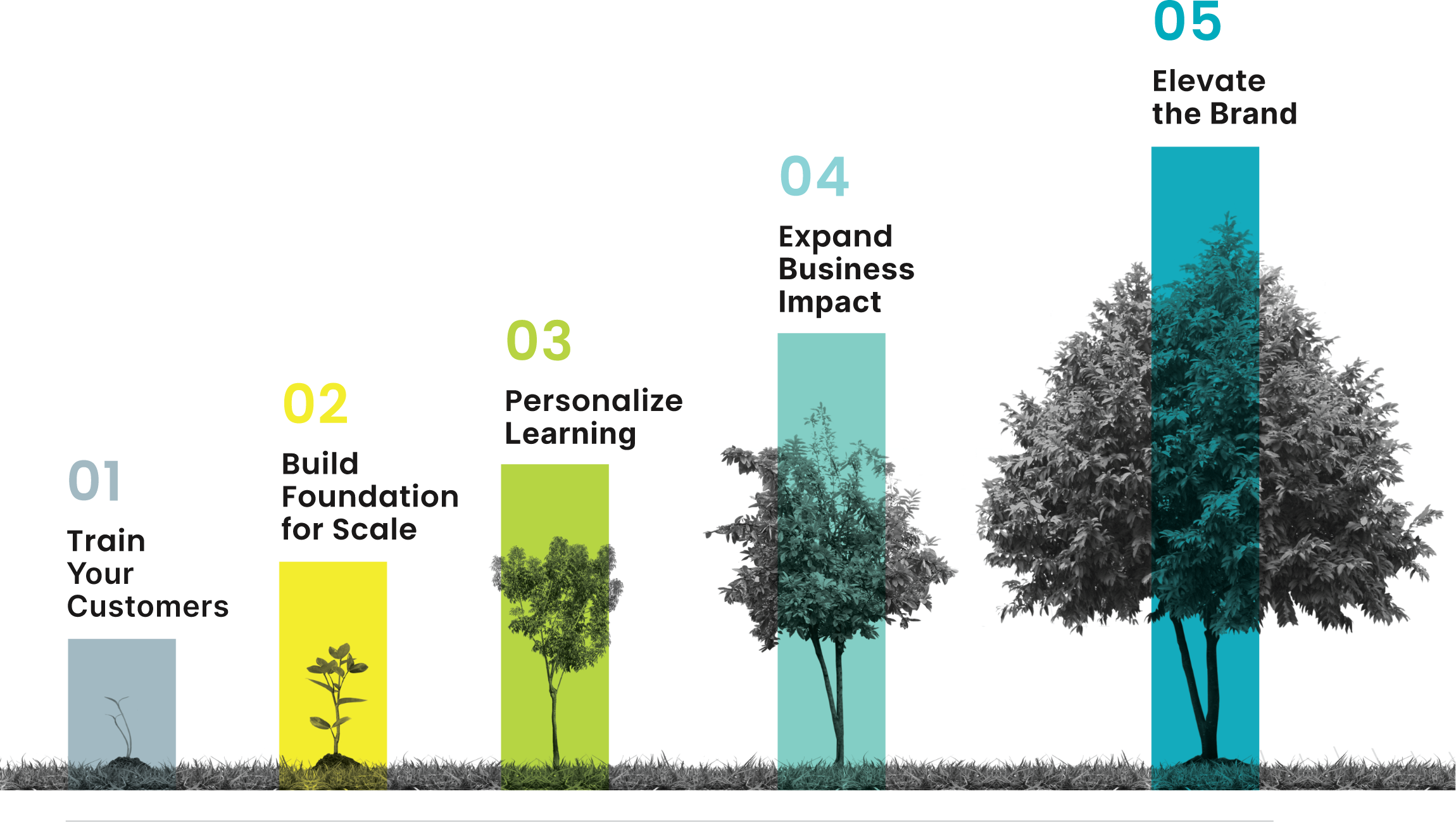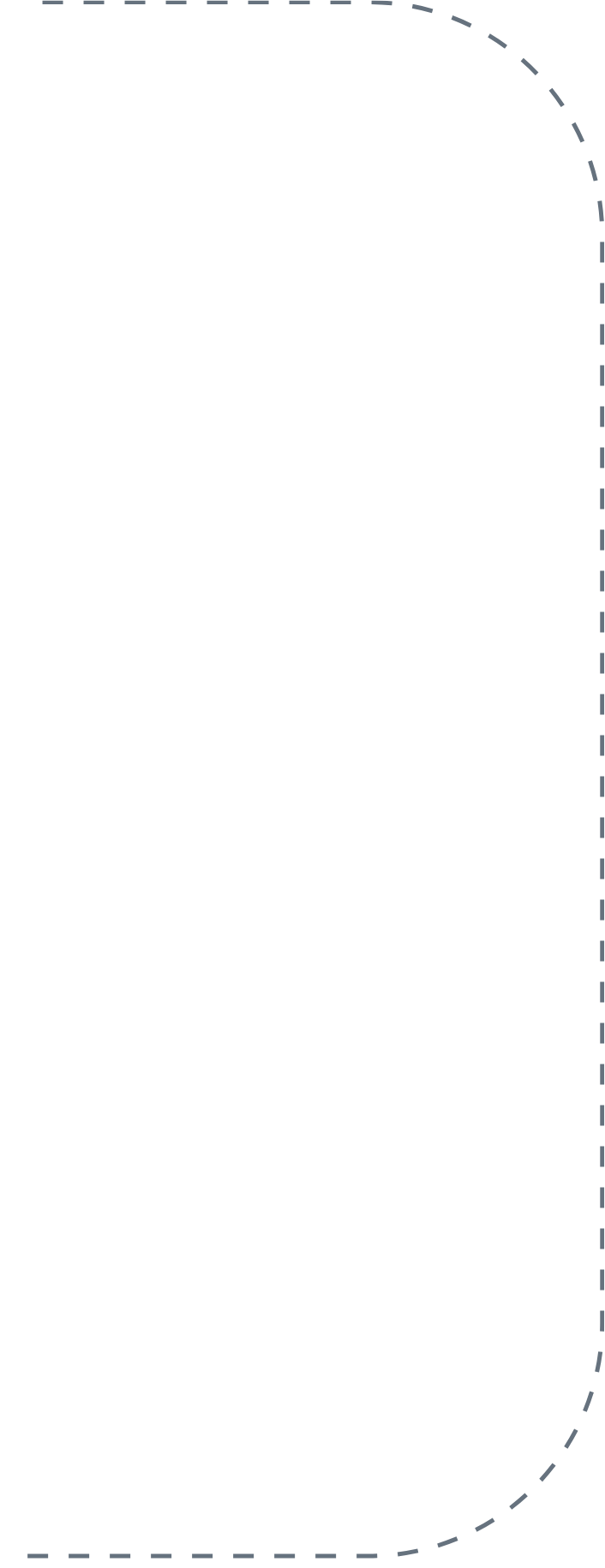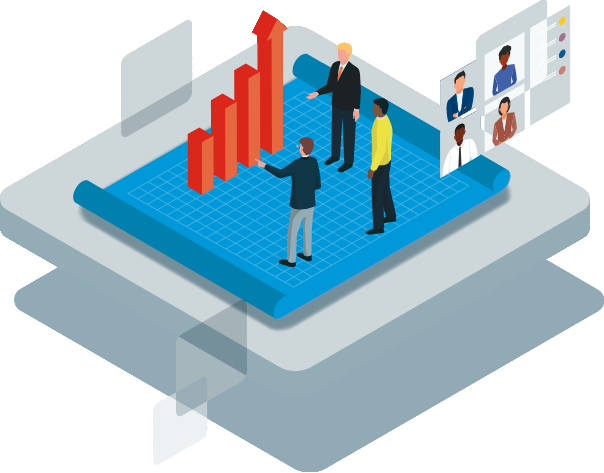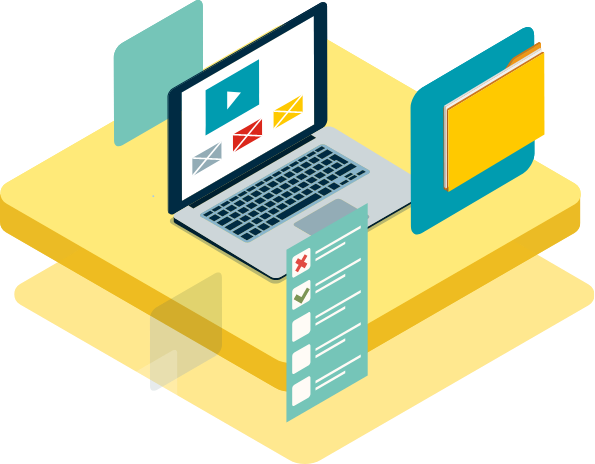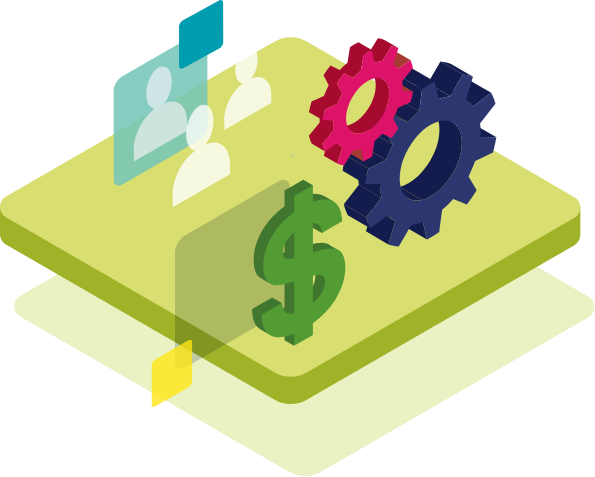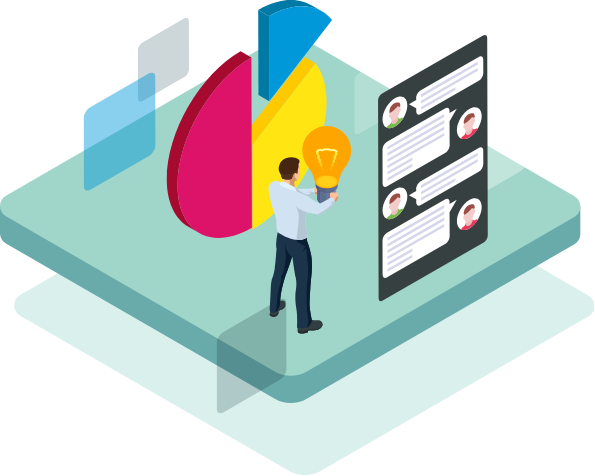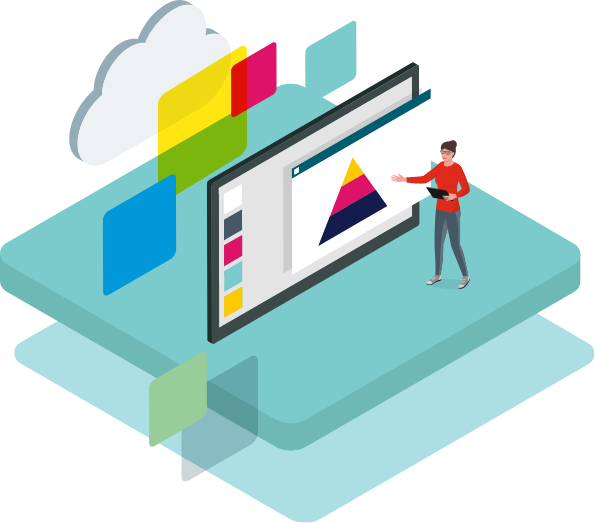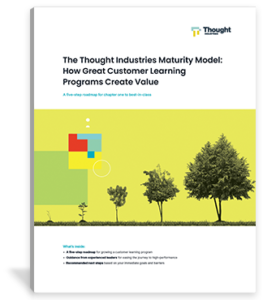How Did We Build Our Model?
In one of our recent industry survey reports, 97% of respondents said customer learning impacts overall business revenue. It’s no surprise, then, that 60% of programs also increased their overall customer learning spend by 30% or more in the last 12 months, and the number of brand new, just-launched programs has risen to 30% (up from 8% in 2020).
With customer learning so clearly on the rise, we launched a research program to better understand how learning programs find their success – and what stops them. We conducted over 50 interviews with leaders and practitioners. We asked about their journey in customer learning, and combed through operational processes, infrastructure, learning environments, and results dashboards.
Our 3 Research Goals Were:
- Assess the current performance and maturity of each program,
- Identify the most significant barriers to success (past and present), and
- Document, in detail, strategies, tactics, and best practices for overcoming those barriers.

